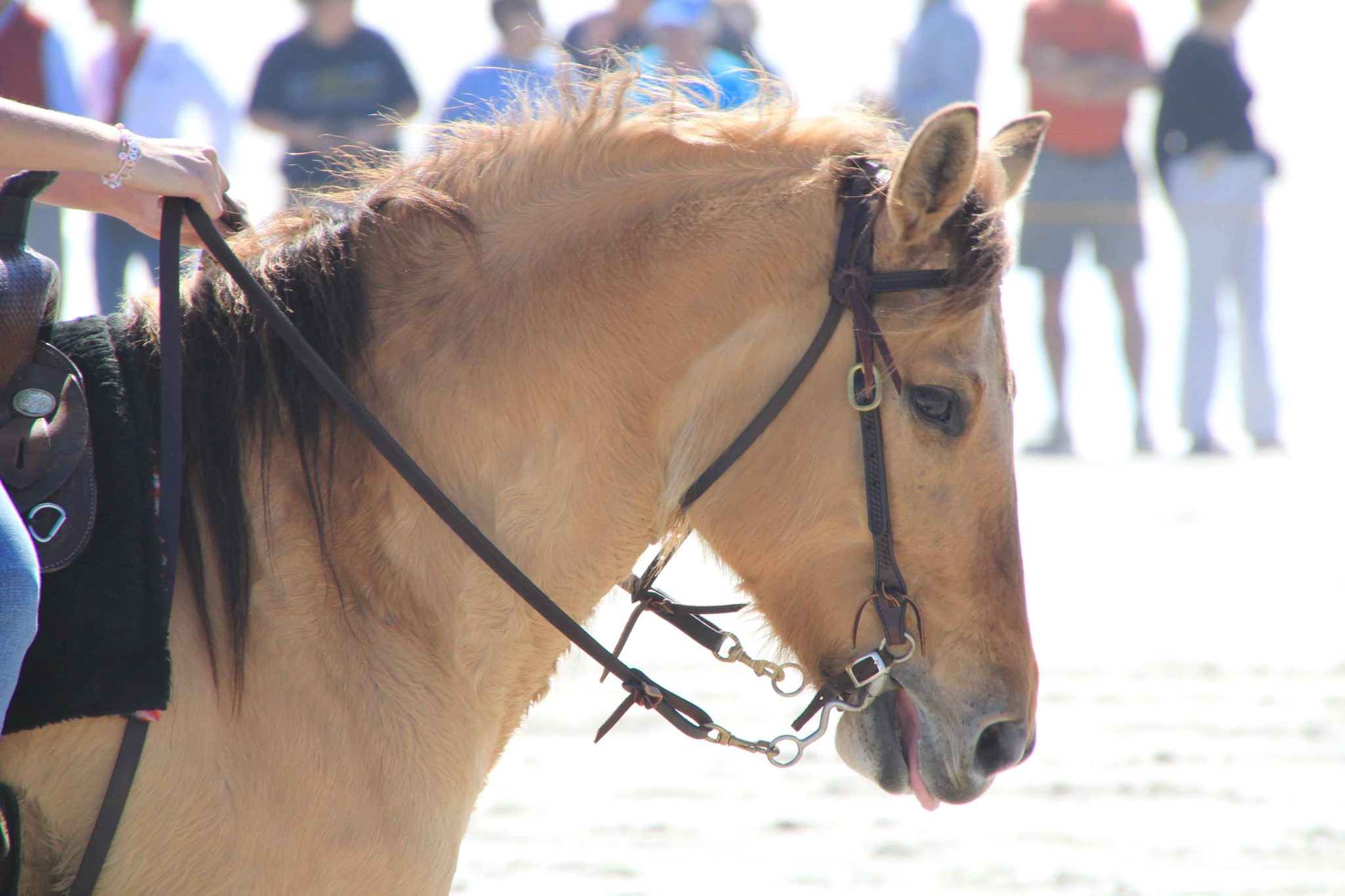
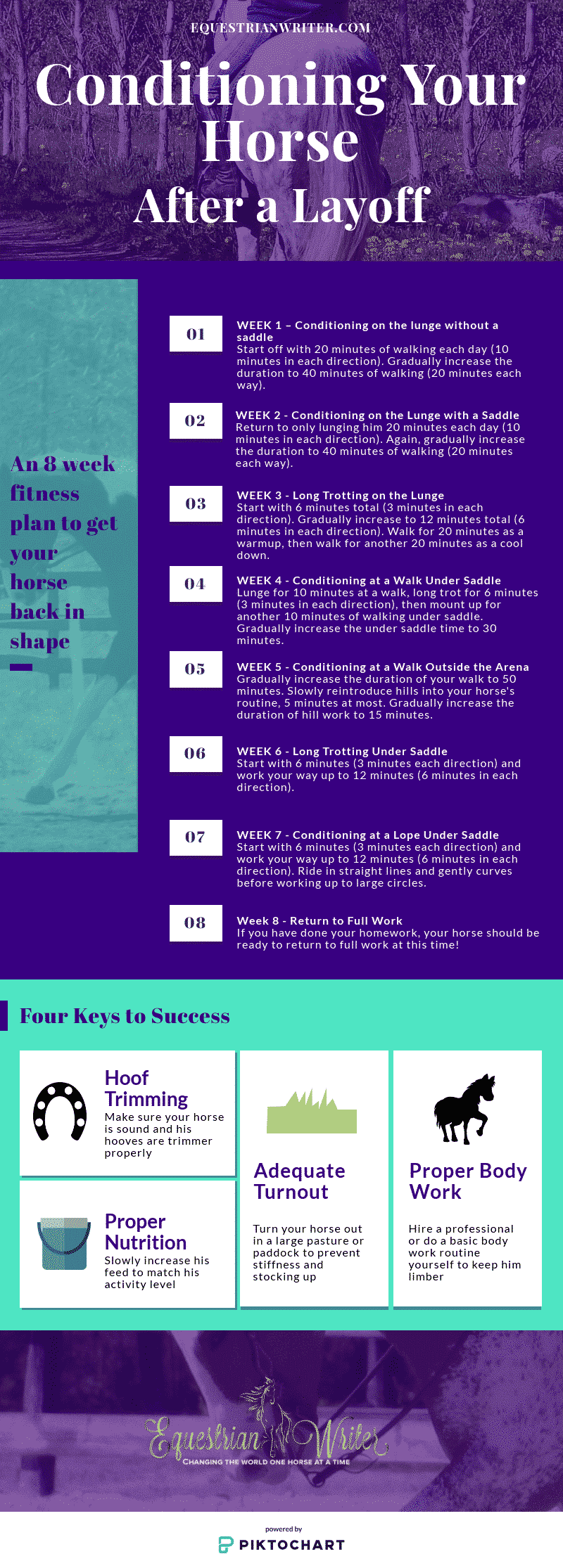
Many horses are not kept in consistent work over winter. This, of course, leads to a lack of fitness and muscle tone that must be taken into account when starting work again. It is vitally important to take thing slowly when conditioning your horse. Rushing will only result in injuries and soreness that is avoidable.
Keys to Success
1. Make sure you horse’s feet are trimmed properly
Whether he is barefoot or shod, it is important to make sure that his feet are in good condition. Poorly trimmed feet put undue stress on tendons and ligaments, leading to injuries that are completely avoidable.
2. Slowly increase his feed to match his work level
Don’t just put his feed intake back up to where it was before he was out of work. Increasing feed too quickly can cause colic. Increasing his feed in increments ensures that he doesn’t have a sudden spike in energy as well. A hot horse is much harder to work with. He will already be excited to get out and stretch his legs, no need to add fuel to the fire by over feeding.
3. Turn your horse out in a pasture or large paddock
He will be using muscles that he may not have used in months. Standing around in a stall will lead to stiffness and even stocking up. It is best to give him more space to move and keep himself limber.
4. Get your horse checked to make sure he is loose and limber enough to start work
You can hire someone to do some basic bodywork or do it yourself. If you go with the do-it-yourself route, I recommend checking out the Masterson Method, particularly his DVD on ‘Equine Massage for Performance Horses.’
Post Layoff Conditioning
Week 1 – Conditioning on the Lunge without a Saddle
Start off with 20 minutes of walking each day (10 minutes in each direction). Gradually increase the duration to 40 minutes of walking (20 minutes each way). Don’t just let your horse poke around at a snail’s pace. Ask him for a forward, brisk walk and ensure that he is using his body correctly. He should keep a steady pace, be tracking up pretty far underneath himself, and be calm and relaxed. No running around hollow with his head in the clouds. Keep an eye on his breathing. If your horse starts breathing hard and sweating excessively, reduce the duration of walking back down to a level he is comfortable with. If it takes more than 2 to 3 minutes for your horse’s breathing to return to normal, you’ve pushed him a little too hard. For some horses, this may take more than a week. It all depends on the age, weight, and health of your horse.
(For more tips on lunging correctly, click here.)
Week 2 – Conditioning on the Lunge with a Saddle
Repeat the steps of week 1, only this time you should be lunging your horse with the saddle on. Return to only lunging him 20 minutes each day (10 minutes in each direction). Again, gradually increase the duration to 40 minutes of walking (20 minutes each way). The added weight of the saddle will create extra work. A horse that is out of shape will be able to carry a saddle comfortably for only half the time that he could walk without a saddle. Ask him for the same forward, brisk walk and ensure that he is using his body correctly. He should keep a steady pace, track up nicely, and be calm and relaxed. Always keep an eye on his breathing and sweating to be sure you are not overworking him
Week 3 – Long Trotting on the Lunge
Once your horse is comfortably walking on the lunge for 40 minutes with a saddle you can add in some long trotting. Start with 6 minutes total (3 minutes in each direction). Gradually increase to 12 minutes total (6 minutes in each direction). Walk for 20 minutes as a warmup, then walk for another 20 minutes as a cool down. It is important to remember that long trotting is different than jogging. Long trotting asks for a longer stride and more energy. You should still make sure that he is not running around hollow. If your horse can’t long trot without hollowing out his back, ask for 6 minutes of jogging and gradually work up to 6 minutes of long trotting before increasing the total duration of the trot. Keep an eye on your horse’s breathing and sweating. Decrease duration if he shows signs of overexertion.
Week 4 – Conditioning at a Walk Under Saddle
At this stage of the conditioning process, you can start walking under saddle. Lunge for 10 minutes at a walk, long trot for 6 minutes (3 minutes in each direction), then mount up for another 10 minutes of walking under saddle. Gradually increase the under saddle time to 30 minutes. You should start out in an enclosed paddock or arena. Walk lots of straight lines and large circles. Do not ask for small circles or any thing fancy.
Week 5 – Conditioning at a Walk Outside the Arena
At this point you can move to walking outside of any arena or paddock. This will give your horse a chance to reacquaint himself with varied terrain. Gradually increase the duration of your walk to 50 minutes. This is your chance to slowly reintroduce hills into your horse’s routine. Start with something small and keep the duration of hill work to 5 minutes at most. Gradually increase the duration of hill work to 15 minutes. Keep an eye on your horse’s breathing and sweating and decrease duration if he shows signs of overexertion.
Week 6 – Long Trotting Under Saddle
At this point most horses will be ready to start long trotting under saddle. Start with 6 minutes (3 minutes each direction) and work your way up to 12 minutes (6 minutes in each direction). Again, it is important to remember that long trotting asks for a longer stride and more energy. Make sure that he is not running around hollow. If your horse can’t long trot without hollowing out his back, ask for 6 minutes of jogging and gradually work up to 6 minutes of long trotting before increasing the total duration of the trot. Ride in straight lines and gently curves before working up to large circles.
Week 7 – Conditioning at a Lope Under Saddle
This is point where you can start loping. Start with 6 minutes (3 minutes each direction) and work your way up to 12 minutes (6 minutes in each direction). Ride in straight lines and gently curves before working up to large circles. You can gradually increase the speed of the lope as long as your horse is using himself properly and not hollowing out. After a couple of sessions loping large circles, you can reintroduce lead changes.
Week 8 – Return to Full Work
If you have done your homework, your horse should be ready to return to full work at this time. Keep an eye on your horse’s breathing and sweating for signs of overexertion.








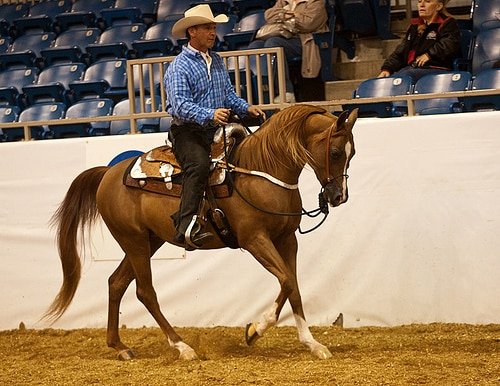
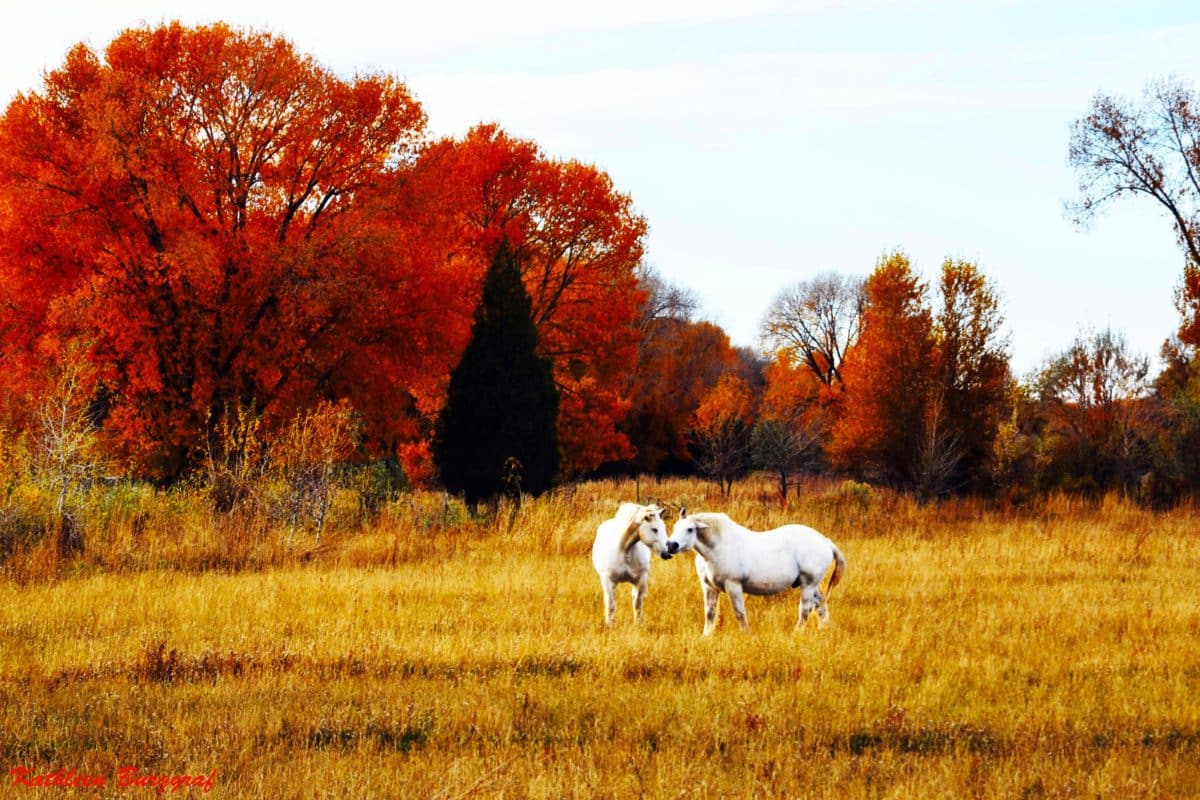
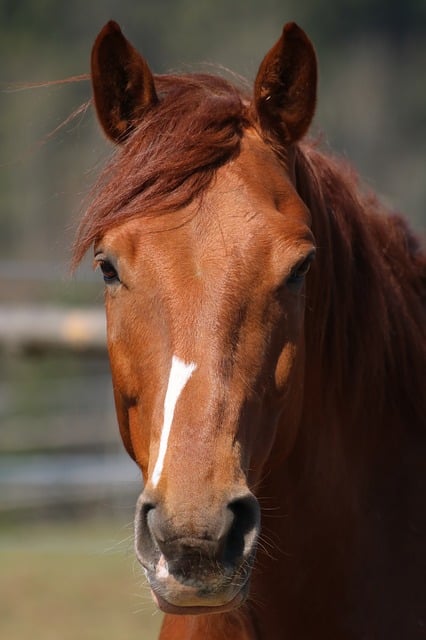
This is an excellent basic guide for getting a horse back into work. I myself haven’t ridden in over 10 years and need my own refresher. What a good find your blog is. Thank you!